|
I've shot a friend's AMT. Terrific rifles.
|
|
|
|
|
|
|
Originally Posted By BM-ARM-DPMS-guns: Wow, what a great write up! I’ve often wondered about that white painted square piece was on the receiver. Now I know. Here’s mine with my PE57. https://www.ar15.com/media/mediaFiles/54333/AB018169-FC38-419E-9D1B-2AE6792B1C9F-1754288.jpg View Quote VERY nice!!! |
|
|
|
|
Fantastic write up and pics.
|
|
|
|
|
Nice write up. I had an AMT probably in 2005 or so. I bought it from a small shop in Kalispell, MT for 4K. I wish I still had it. It was a wonderfully made weapon. I concur it was pretty ergonomic, despite its looks.
|
|
|
|
|
Thanks for posting this op, very informative!
|
|
|
|
|
Awesome write up.
|
|
|
|
|
Outstanding, thanks. I’ve never seen one in person, would love to shoot one one day but given my age probably wouldn’t happen.
|
|
|
|
|
Great post. This should be pinned somewhere. I have always wanted a SIG 510. A rare weapon in US.
|
|
|
|
|
I so lusted after one of those in the 80’s, shooters bible I think?
|
|
|
" Don't cry, nobody shoots Glocks anymore."
"But the new Admin. is a Master in IDPA" "MASTER in IDPA..." "is like C Class in IPSC!" |
|
|
|
I believe this was the original posting of this subject by the author from back in 2014:
https://www.mdshooters.com/threads/switzerlands-sig-510-in-detail-the-other-roller-lock.145398/ |
|
|
|
|
Yes sir, that's one of the forums I originally posted it on. IIRC, I also posted it on gunboards, the fal files, the AK forum, the ak files, and maybe one or two other places.
|
|
|
|
|
Any idea where to get a 7.5 swiss barrel? Trying to get my Stgw57 kit built.
|
|
|
|
|
Res ad triarios rediit.
“Believe me, nothing except a battle lost can be half so melancholy as a battle won.” - Arthur Wellesley, 1st Duke of Wellington |
|
I have enjoyed your posting from way back and have it bookmarked for posterity. The most important essay on the AMT ever made and I commend you for your perfect assessment of this beautiful rifle. I too have an AMT one of the last imports from Sig in Tysons Corner. CFI in Texas was the dealer I procured mine early 80's. Thank you sir for your attention to detail, it's truly phenominal!!!
|
|
|
|
|
I need help with finding a Hensoldt BLITS scope manual for the setup I have for my SIG AMT.
I made an executive decision and wanted to use my Hensoldt BLITS scope with my SIG AMT. I got my BLITS some time back and it already had a 7.62 elevation drum installed. I mounted the BLITS scope on my Estes Adams AMT mount with no issues whatsoever. I must admit this setup does look very nice. I would love to have a factory Dr. Wöhler 4X setup, but I have never seen one for sale. In the meantime, this setup will have to do. 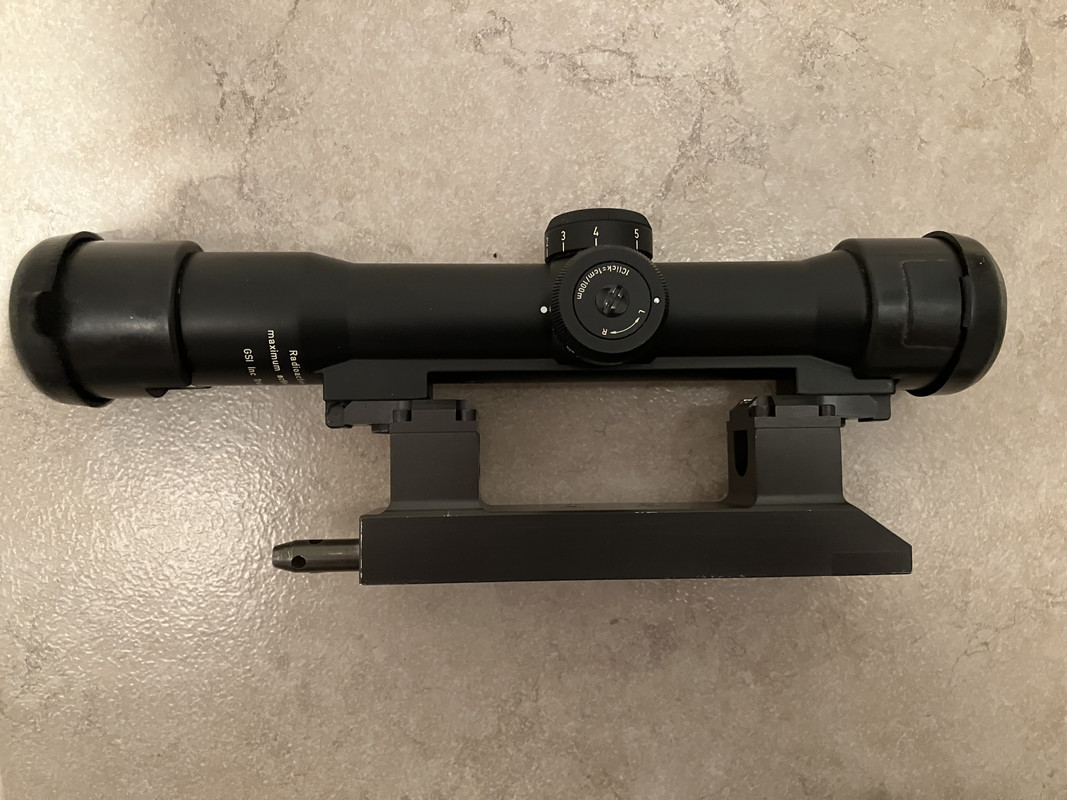 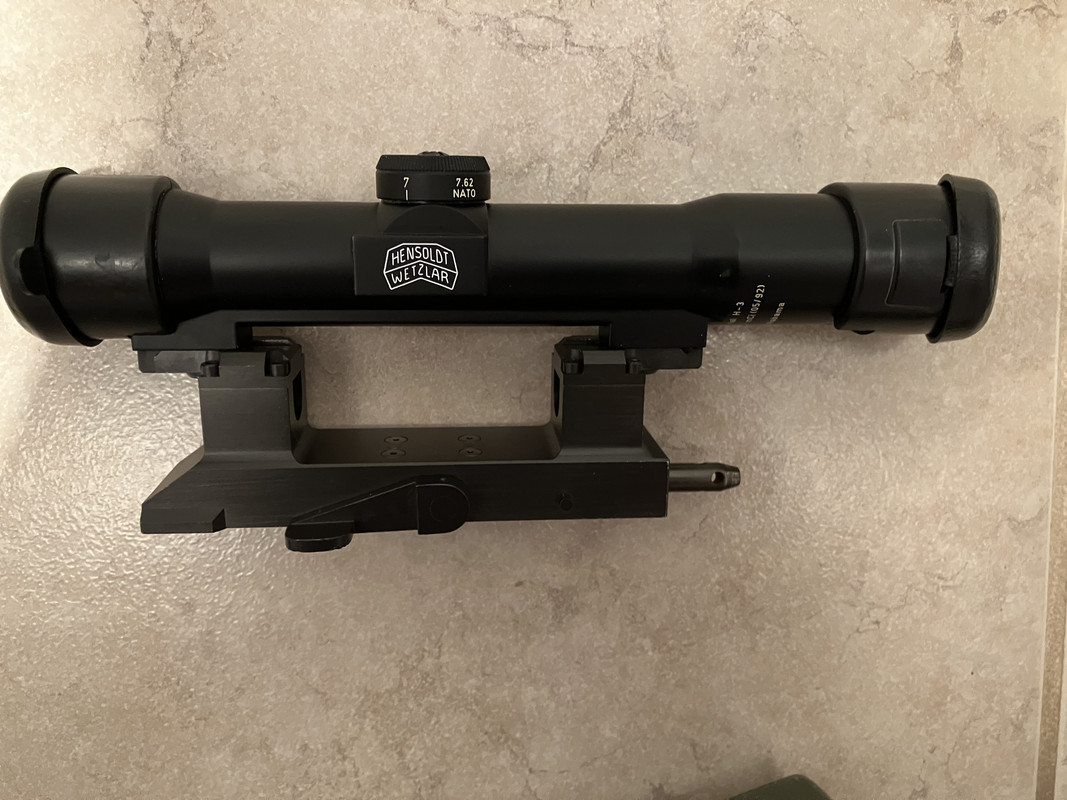 It fits nicely into a German military G3 scope case. 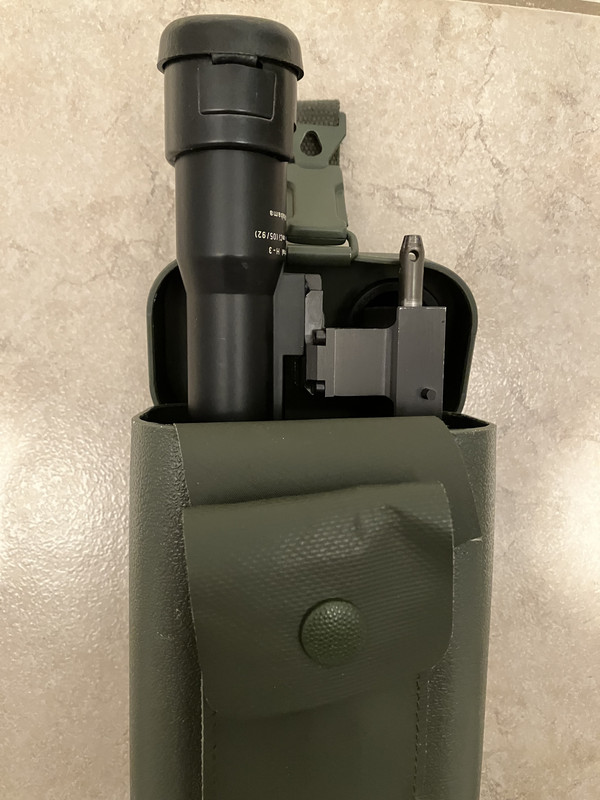 I'm also impressed with the radioactive material warning. 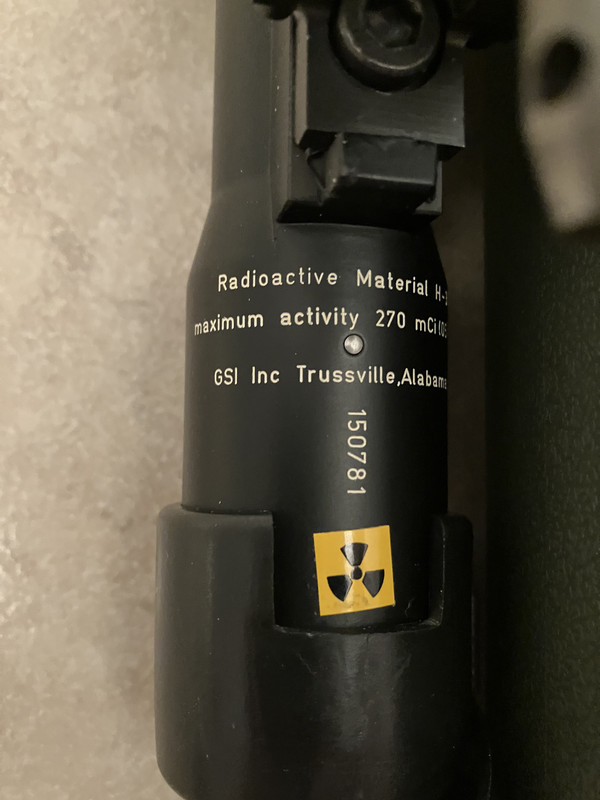 Now for what I need help with; how do I move the elevation and lateral drums when I get the scope zeroed in. I assumed this was identical to a regular Hensoldt Fero Z24 scope. But no, that's not the case. I'm not going to mess with anything until I find instructions on how to do it. I've asked around for a BLITS scope instruction manual, but I've never found one. I saw that GSI (Gun South) is shown with the radioactive warning. So, I decided to contact them for some instructions. Then I found out that GSI has gone out of business. Damn! So now I hope I can find somebody here who can help me. Here is my AMT with the BLITS/Estes Adams scope and mount attached: 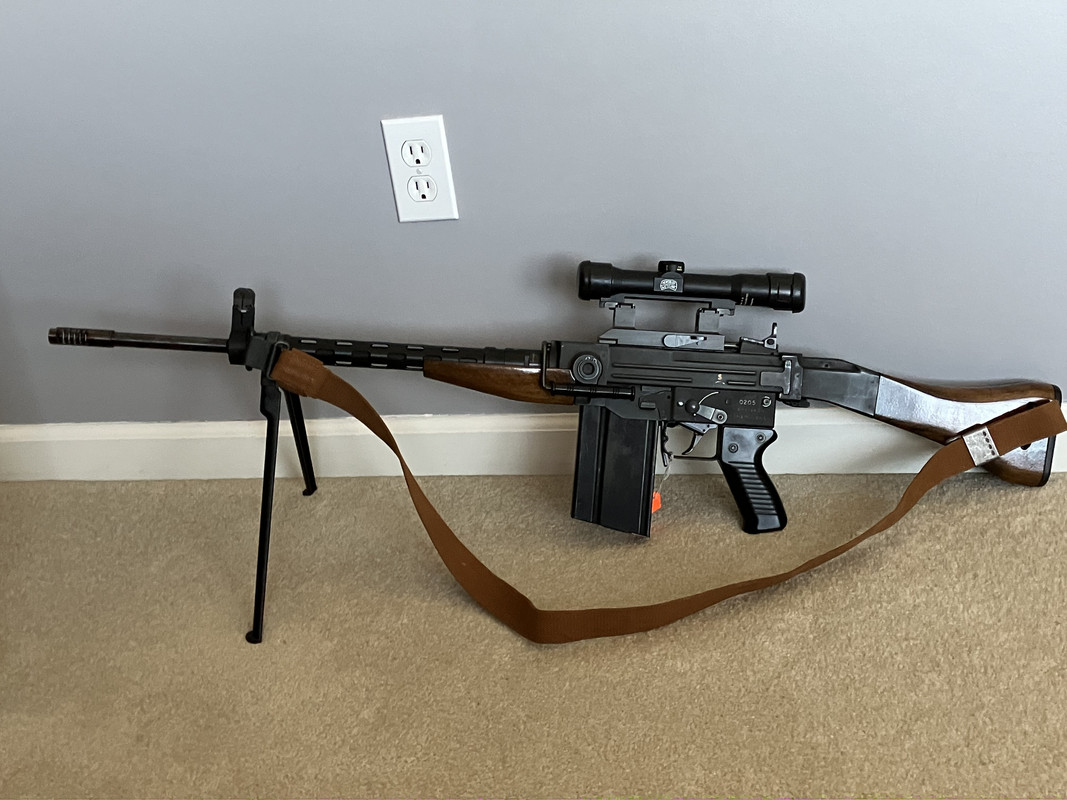 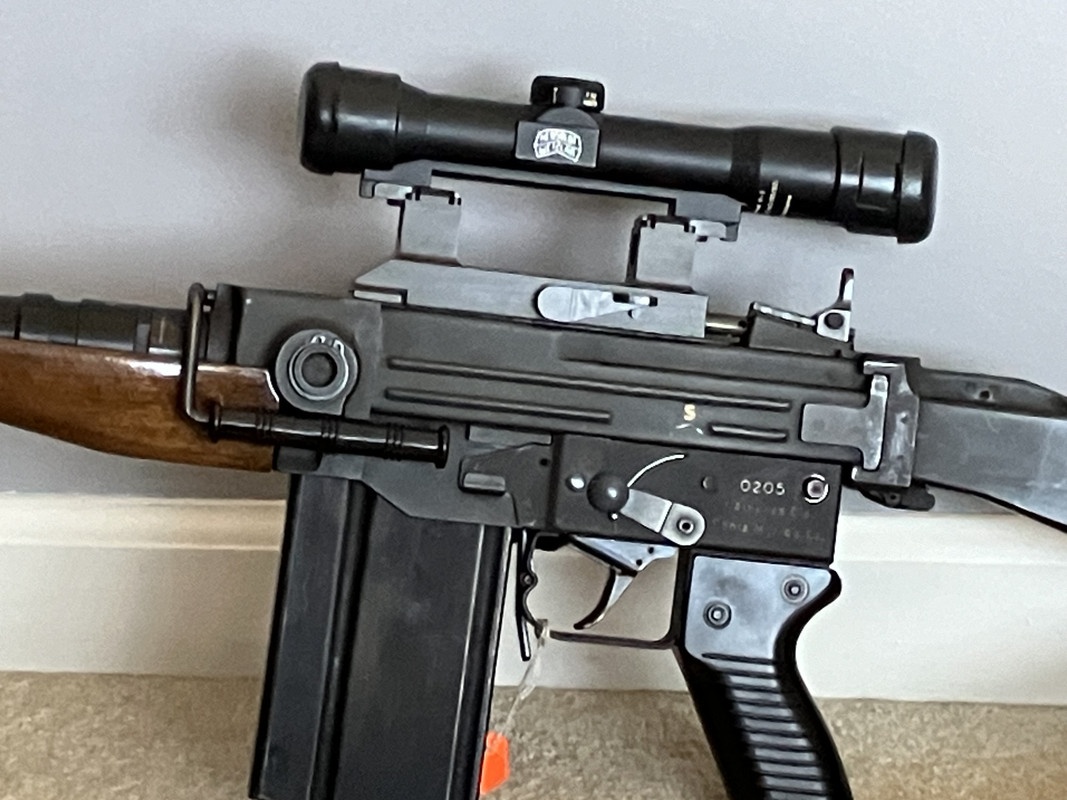 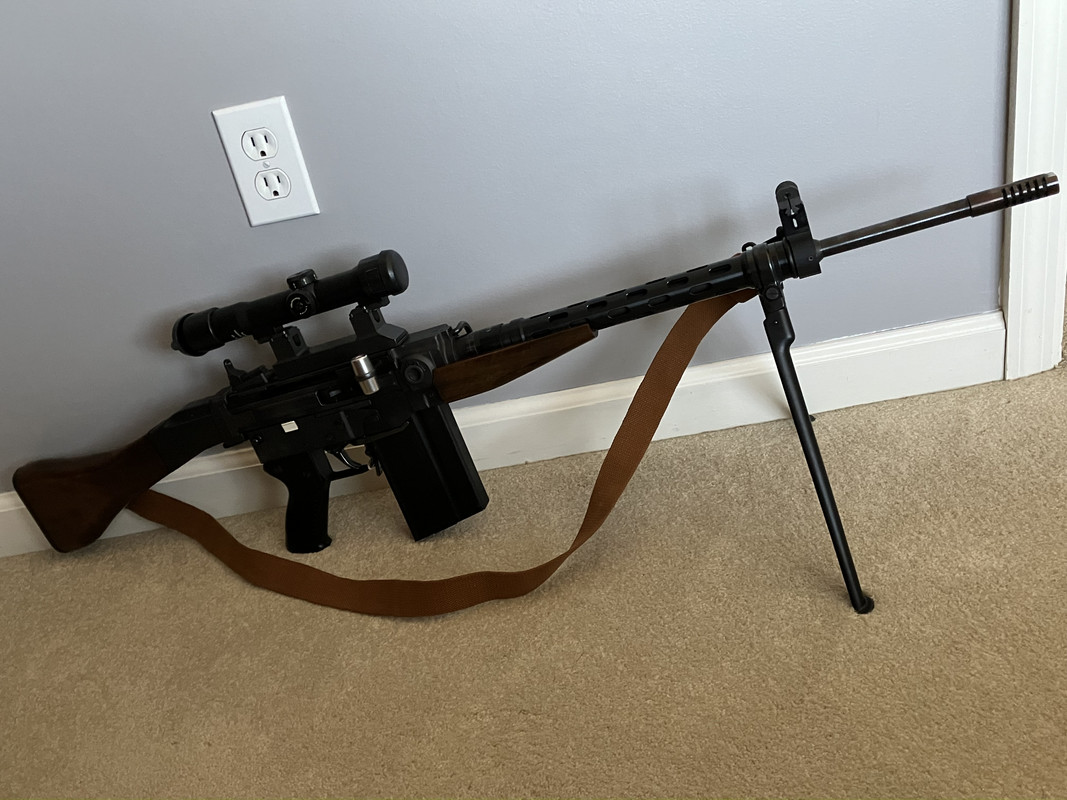 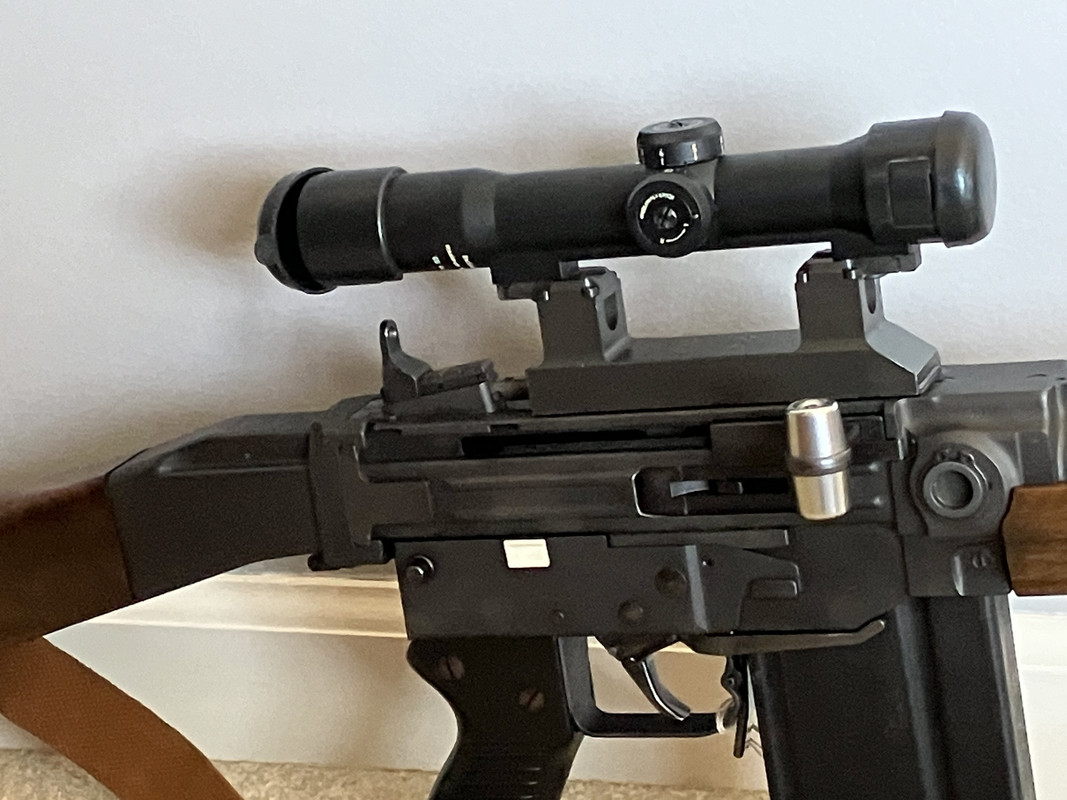 I emailed Hensoldt inquiring about a acquiring BLITS manual. As for Hensoldt, I just struck out. Here is their last email: Dear Daniel, many thanks for your email and your request. The 4x24 BLITS rifle scope was last manufactured and delivered over 35 years ago. Unfortunately, for this reason we no longer have any documents available. We´re very sorry, but we can no longer help you with a manual. Mit freundlichen Grüßen / with best regards Frank Topp Senior Bid and Program Manager Sights HENSOLDT HENSOLDT Optronics GmbH Gloelstraße 3-5 DE 35576 Wetzlar T +49 (0) 6441 4488 190 F + 49 (0) 6441 4488 186 M +49 (0) 171 5324775 mailto: [email protected] www.hensoldt.net |
|
|
|
|
Originally Posted By mew: I have enjoyed your posting from way back and have it bookmarked for posterity. The most important essay on the AMT ever made and I commend you for your perfect assessment of this beautiful rifle. I too have an AMT one of the last imports from Sig in Tysons Corner. CFI in Texas was the dealer I procured mine early 80's. Thank you sir for your attention to detail, it's truly phenominal!!! https://i.postimg.cc/mtZsH3DG/AMT.jpg View Quote I wish this forum had a like button. Thank you VERY much for your kind words. I put a lot of work into these writeups and it's nice to know that they are helpful to people! |
|
|
|
 Win a FREE Membership!
Win a FREE Membership!
Sign up for the ARFCOM weekly newsletter and be entered to win a free ARFCOM membership. One new winner* is announced every week!
You will receive an email every Friday morning featuring the latest chatter from the hottest topics, breaking news surrounding legislation, as well as exclusive deals only available to ARFCOM email subscribers.
AR15.COM is the world's largest firearm community and is a gathering place for firearm enthusiasts of all types.
From hunters and military members, to competition shooters and general firearm enthusiasts, we welcome anyone who values and respects the way of the firearm.
Subscribe to our monthly Newsletter to receive firearm news, product discounts from your favorite Industry Partners, and more.
Copyright © 1996-2024 AR15.COM LLC. All Rights Reserved.
Any use of this content without express written consent is prohibited.
AR15.Com reserves the right to overwrite or replace any affiliate, commercial, or monetizable links, posted by users, with our own.

